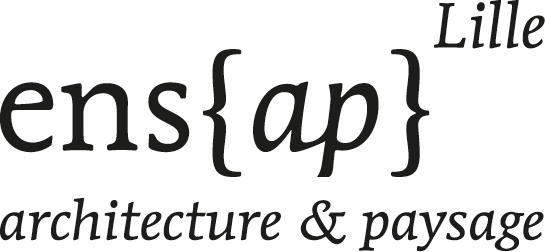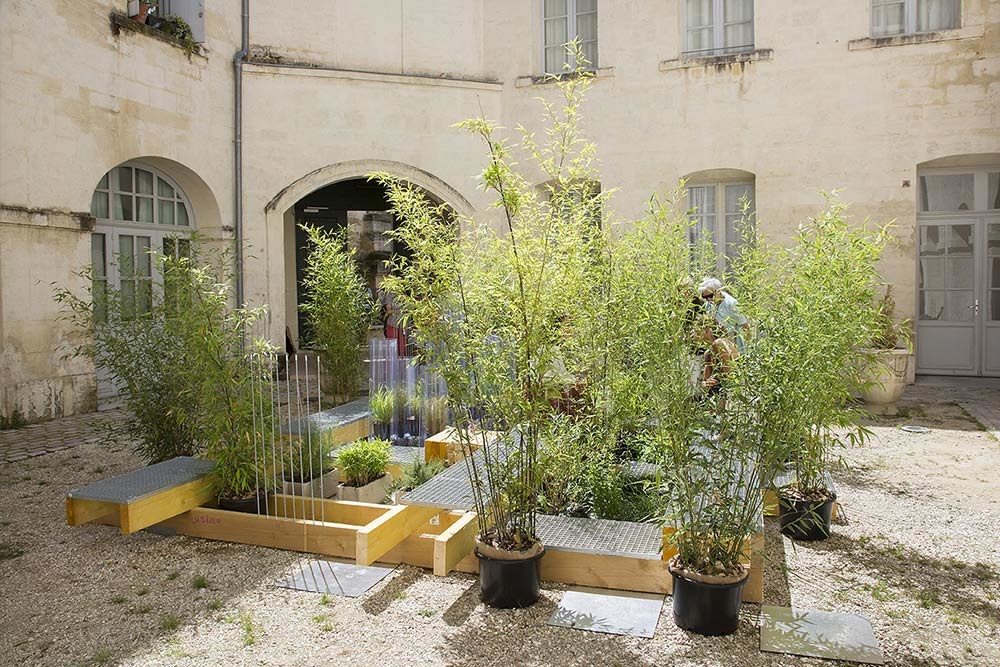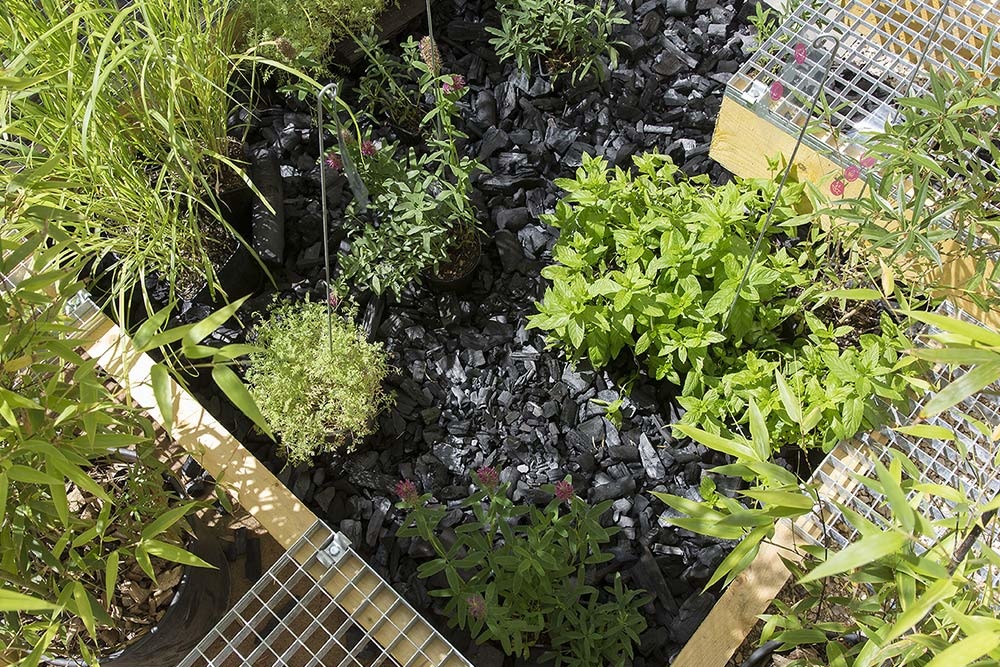Louis Caux et Margaux Limon
U.S.I.N.E : Unité Symbiotique Intelligente Naturelle Efficiente
Vanves // France
U.S.I.N.E : Unité Symbiotique Intelligente Naturelle Efficiente
Vanves // France




Les membres de l’équipe se sont rencontrés au cours de leur cycle de master à l’ENSAP Lille. Évoluant chacun dans des formations différentes, ils ont été sensibilisés à l’intérêt de travailler conjointement. Cette complémentarité s’est consolidée et leur semble aujourd’hui évidente et nécessaire. Dès lors ils se saisissent du projet comme un moyen d'expression et de revendication de problématiques contemporaines. Louis est engagé et saisit souvent le contrepied dans ses réflexions. La dimension territoriale du projet architectural le passionne. Son credo tient aux mots d'Italo Calvino : «Chercher et savoir reconnaître qui et quoi, au milieu de l’enfer, n’est pas l’enfer, et le faire durer, et lui faire de la place. » Margaux recherche la modularité des usages dans l’espace public et aspire à la multiplication des interactions entre faune et flore en milieu urbain. Sa philosophie rejoint celle du peintre Henri Cueco: « le paysage n’existe pas, il nous faut l’inventer ».
The team met during their master degree at the higher school of architecture and landscap. Evolving each one in different formations, they understood the interest of working together. This complementarity has consolidated and now seems obvious and necessary. Therefore they seize us with the project as a way of expressing and claiming contemporary issues. Louis is commited and often takes the opposite view in his reflections. The territorial dimension of architectural project fascinates him. His credo join Italo Calvino's words: "To look and recognize who and what, in the midst of hell, is not hell, and to make it last, and make room for it." Margaux looks for the modularity of uses in the public space and aspires to the multiplication of interactions between fauna and flora in an urban environment. His philosophy is similar to that of the painter Henri Cueco: "the landscape doesn’t exist, we have to invent it.
The team met during their master degree at the higher school of architecture and landscap. Evolving each one in different formations, they understood the interest of working together. This complementarity has consolidated and now seems obvious and necessary. Therefore they seize us with the project as a way of expressing and claiming contemporary issues. Louis is commited and often takes the opposite view in his reflections. The territorial dimension of architectural project fascinates him. His credo join Italo Calvino's words: "To look and recognize who and what, in the midst of hell, is not hell, and to make it last, and make room for it." Margaux looks for the modularity of uses in the public space and aspires to the multiplication of interactions between fauna and flora in an urban environment. His philosophy is similar to that of the painter Henri Cueco: "the landscape doesn’t exist, we have to invent it.



Si beaucoup d’avancées technologiques s’inspirent des sciences du vivant, cette production biomimétique nous mène vers un point critique où l'Homme menace son avenir en dégradant sa source d'inspiration première. Au cœur de la SENcity, le monde du vivant est reconnu comme la pointe de la technologie. Des industries d'un genre nouveau nommées U.S.I.N.E apparaissent dans les interstices de la ville. En entrant dans la cour Rozel, une masse végétale capte l’attention du visiteur, peut-être s’agit-il d’un jardin ? Non, c’est une micro-industrie qui lui ouvre ses portes. Loin du vacarme des machines, l' U.S.I.N.E s'affaire à la tâche en toute discrétion : épuration ; filtration ; dépollution ; production de biomasse, d'énergie et d'alimentation. Créant un micro-climat, elle améliore le cadre de vie, favorise le rafraîchissement urbain et contribue au développement de liens sociaux.
Ici l’installation invite à s’interroger sur la place de l’homme dans son environnement technologique.
If Many technological advances are inspired by world of living sciences, this biomimetic production leads us to a critical point where humans threaten their future by degrading their source of inspiration. At the heart of SENcity, the living world is recognized as the cutting edge of technology. Some newly-named industries U.S.I.N.E appear in the interstices of the city. When entering the Rozel courtyard, a green mass captures the attention of the visitor, perhaps is it a garden? No, it's a micro-industry that opens its doors. Far from the din of machines, the U.S.I.N.E operates in all discretion: purification; filtration; depollution; production of biomass, energy and food. Creating a micro-climate, it improve the living environment, promote urban refreshment and contribute to the development of social bonds. Here the installation invites us to wonder about man position in his technological environment.
Ici l’installation invite à s’interroger sur la place de l’homme dans son environnement technologique.
If Many technological advances are inspired by world of living sciences, this biomimetic production leads us to a critical point where humans threaten their future by degrading their source of inspiration. At the heart of SENcity, the living world is recognized as the cutting edge of technology. Some newly-named industries U.S.I.N.E appear in the interstices of the city. When entering the Rozel courtyard, a green mass captures the attention of the visitor, perhaps is it a garden? No, it's a micro-industry that opens its doors. Far from the din of machines, the U.S.I.N.E operates in all discretion: purification; filtration; depollution; production of biomass, energy and food. Creating a micro-climate, it improve the living environment, promote urban refreshment and contribute to the development of social bonds. Here the installation invites us to wonder about man position in his technological environment.


©photoarchitecture
